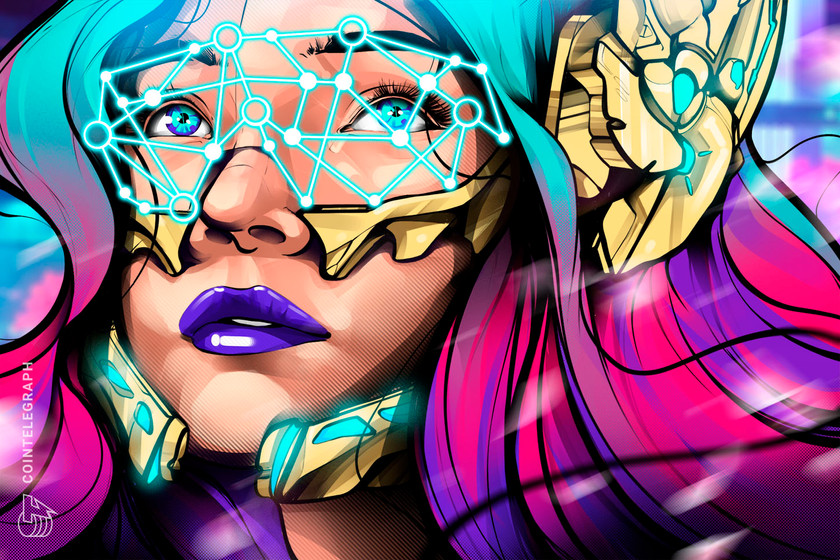The view from Paris Blockchain Week 2023: Web3 builds while the city burns


It was champagne and optimism for Paris Blockchain Week 2023 despite Parisian protests and economic uncertainty.
Paris Blockchain Week (PBW) celebrated its fourth edition in spring 2023 against a backdrop of riots, protests and general civil unrest. The builders in the Bitcoin (BTC), crypto, and Web3 spaces were unfazed by protesters chanting and dancing on the doorstep of the conference venue.
The event occurred amid ongoing protests in Paris and worsening macroeconomic conditions in France. Many attendees expressed concern about the impact of these factors on the future of the blockchain and crypto industry, particularly in Europe.
Nevertheless, the overall mood at PBW 2023 was optimistic, with many attendees citing the recent surge in Bitcoin’s price as a sign of growing mainstream acceptance of the technology. As the CEO of Ledger, Pascal Gauthier, explained to Cointelegraph: “Bitcoin was designed for this.”
“Bitcoin was designed in reaction to Lehman Brothers in the 2008 crisis. It was designed because you can’t trust central authorities. And it’s designed because it’s clear that central authorities will fail. It’s not a question of if. It’s more a question of when.”
However, as protestors marched by the entrance of “Les Salles du Carousel” — the crypt in the Louvre where the event was held — there appeared to be a disconnect between the Web3 space and reality.
Denelle Dixon, CEO of the Stellar Development Foundation, explained that “It is a little bit like we’re not recognizing what’s happening with the builders and what’s happening with the protesters.” Nir Kouris, the founder of Creator Nations, told Cointelegraph that the work of Paris Blockchain Week is “super important,” but it’s important to speak to those in the mainstream world:
“We need to not live in a bubble to include, to embrace, to empower all these people from outside. They don’t have a clue about what is blockchain. So our goal is to use different and different terminology so we can include all of them into the conversation.”
Cointelegraph interviewed some of the protesters during the event; very few were aware of crypto, and some had not heard the word “Bitcoin” before.


The streets of Paris saw fires, trash and fire extinguisher fluid — an apocalyptic scene for many of the tourists visiting France — but Parisians were unperturbed, and some called for calm. Gauthier, a Parisian through and through, shrugged his shoulders at the protests. It’s part of French culture to take to the streets, he explained.
Another key theme throughout the event was the risk that Web2 companies, including Google, Nasdaq and Facebook, and traditional brands, such as LVMH and Gucci, could be co-opting the Web3 vision. The headliners at PBW included established brand managers from the likes of Diesel and Fiat. What are established retail brands doing at a crypto conference? Animoca Brands CEO Robby Yung wades in:
“The reason that there is a place for them in Web3 is because brands themselves have power. You know, they resonate with consumers, whether it’s gaming brands or, you know, handbag and and luxury watch brands. Brands have resonance with consumers.”
Web3 provides new ways to innovate, Yung explained. Ryan Nix, head of solutions architecture at Coinbase, agreed, to an extent. He said that Web2 players want to get in on the action, but must also “obfuscate difficulty from their users.” Ultimately, Nix continued, to access a greater audience, simplifying the somewhat complicated crypto and blockchain tools could help.


An interesting omission for the 2023 iteration was the notable absence of the crypto exchange Binance. In 2022, Binance financed the largest stand at the conference, and Changpeng Zhao, the CEO of the crypto exchange, gave a keynote speech. This year, the world’s largest exchange is caught up in a lawsuit in the United States while the crypto bear market rages on.
Related: BUSD deposits and withdrawals via OCBS suspended on Binance.US
As the industry evolves, events like PBW 2023 will play an increasingly important role in bringing together key players and driving innovation. However, the crypto space must begin to address more real-world use cases to reach the mainstream and catch the eye of those ordinary people taking to the streets of Paris.





























